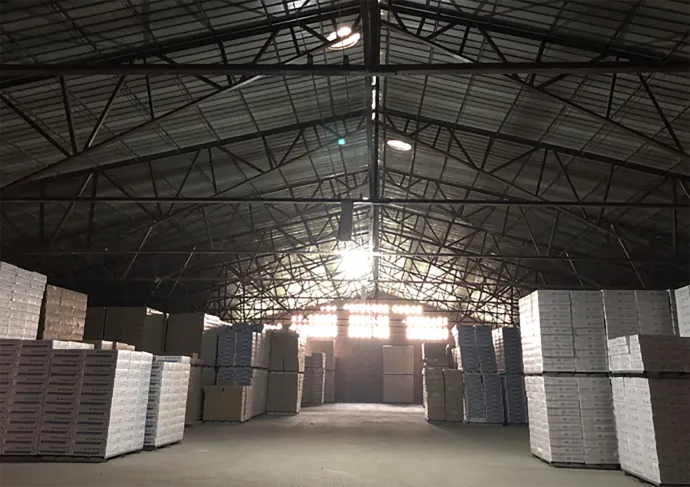Nov . 02, 2024 09:09 Back to list
t grid ceiling
Understanding T-Grid Ceiling Systems A Comprehensive Overview
T-grid ceiling systems are an essential component in modern architectural design and construction, particularly in commercial and industrial buildings. These ceilings, often referred to as suspended ceilings or drop ceilings, have become increasingly popular due to their versatility, aesthetic appeal, and functional benefits. This article explores the key aspects of T-grid ceilings, their components, design considerations, installation processes, and advantages.
Understanding T-Grid Ceiling Systems A Comprehensive Overview
The components of a T-grid ceiling system include main runners, cross tees, and wall angles. Main runners are the primary structural elements running in one direction, while cross tees connect with the main runners at right angles, forming a grid pattern. Wall angles are installed along the perimeter of the ceiling, providing a finished edge and support for the grid system. Ceiling tiles, available in various materials such as mineral fiber, metal, and acoustic panels, fit snugly into this framework, allowing for easy replacement and maintenance.
t grid ceiling

When designing a T-grid ceiling system, several factors must be considered. The choice of ceiling tiles can significantly impact the room's acoustics, aesthetics, and overall functionality. Acoustic tiles, for instance, are designed to absorb sound, making them ideal for environments such as offices, classrooms, and auditoriums. Additionally, the height of the ceiling is a crucial design element—lower ceilings can create a cozy atmosphere but may limit airflow, while higher ceilings can enhance a sense of spaciousness but may require more energy for heating and cooling.
The installation process of a T-grid ceiling system is relatively straightforward but requires careful planning and precision. First, the layout is marked on the ceiling to ensure accurate placement of the grid. Wall angles are installed first, followed by the main runners and cross tees. Finally, ceiling tiles are inserted into the grid, ensuring a snug fit. This accessibility to installation and maintenance is one of the primary reasons T-grid ceilings are favored in many commercial settings.
The advantages of T-grid ceiling systems are manifold. They offer an efficient solution for concealing ductwork, wiring, and plumbing, contributing to a clean and organized appearance. Furthermore, their design allows for easy access to utilities when maintenance is required. T-grid ceilings also provide excellent thermal insulation and sound absorption, enhancing occupant comfort in any space.
In summary, T-grid ceiling systems play a critical role in contemporary building design, offering functionality, aesthetic flexibility, and efficient maintenance options. Understanding their components, design considerations, and advantages can help builders, designers, and property owners make informed decisions that enhance their spaces. As architectural trends evolve, T-grid ceilings will continue to be a staple in creating functional and visually appealing environments.
-
Quality Ceiling Trap Doors & Access Panels | Easy & Secure AccessNewsAug.30,2025
-
Durable Ceiling T Grid Systems | Easy InstallationNewsAug.29,2025
-
PVC Gypsum Ceiling: Durable, Laminated Tiles for Modern SpacesNewsAug.28,2025
-
Pvc Gypsum Ceiling Is DurableNewsAug.21,2025
-
Mineral Fiber Board Is DurableNewsAug.21,2025
-
Ceiling Tile Clip Reusable DesignNewsAug.21,2025







